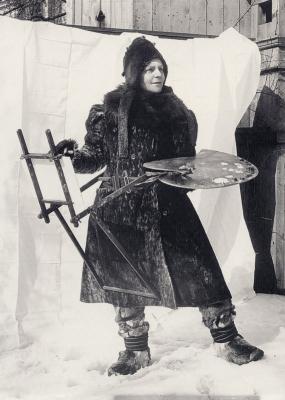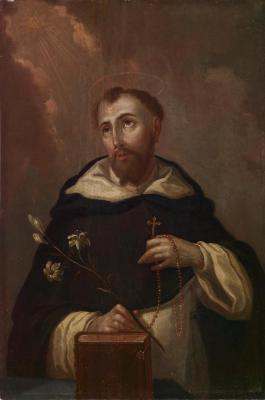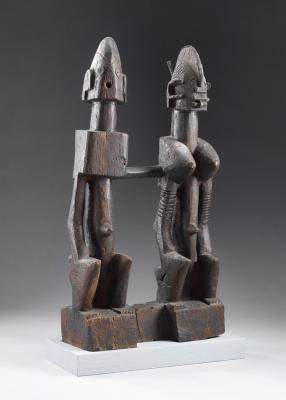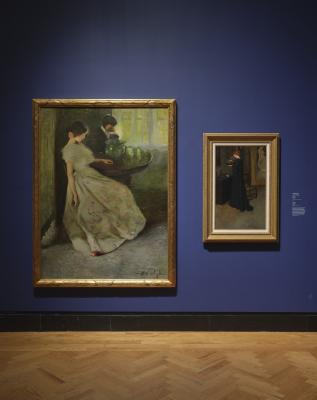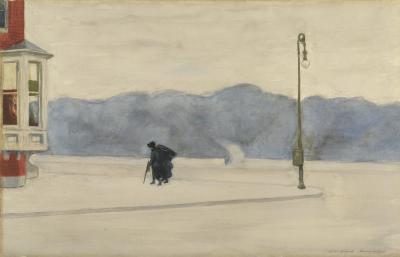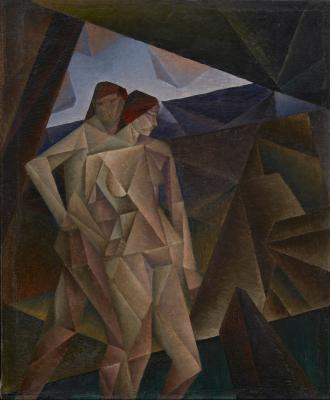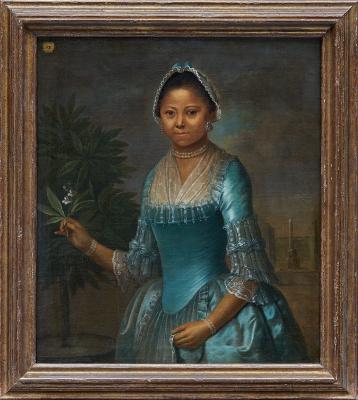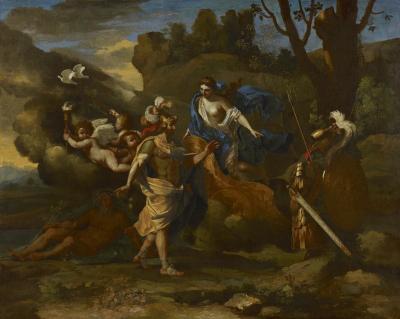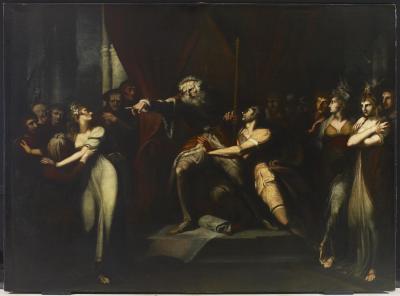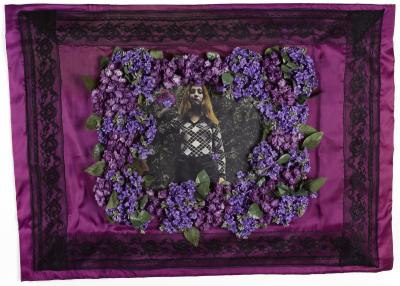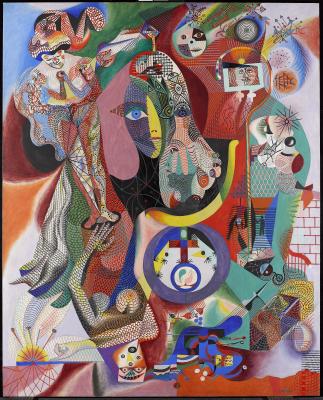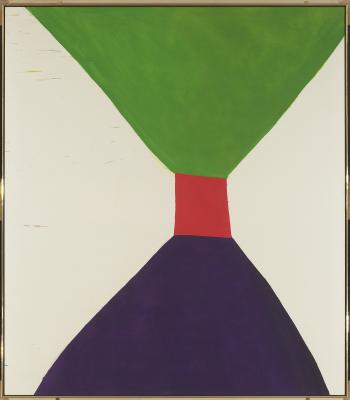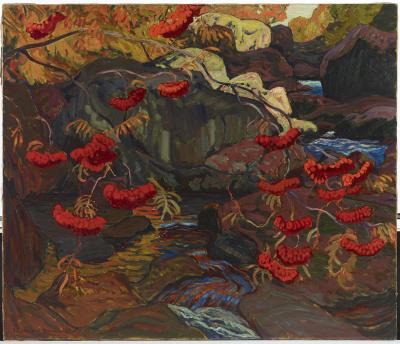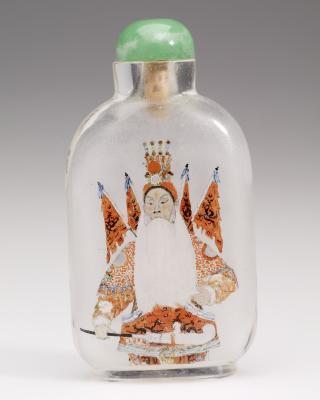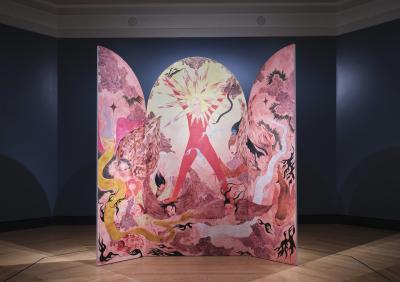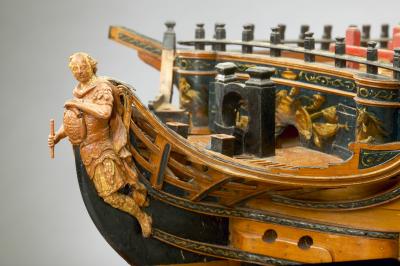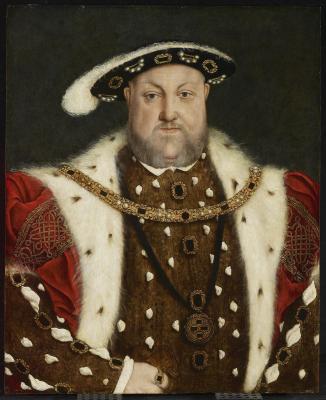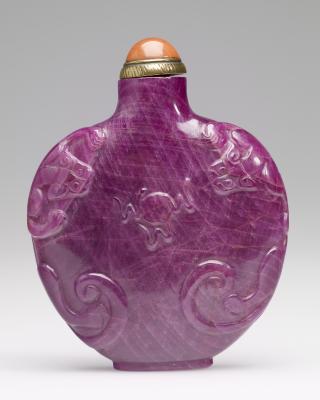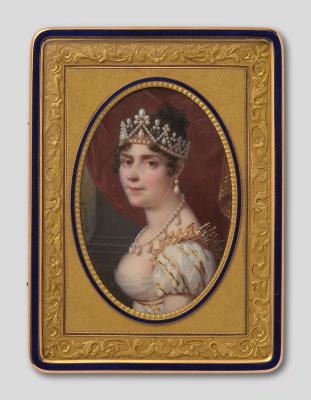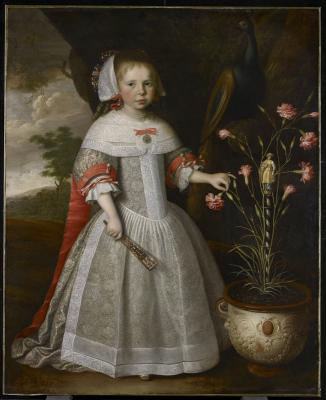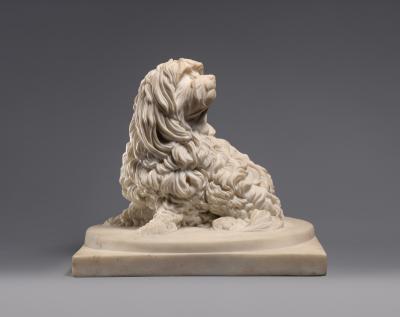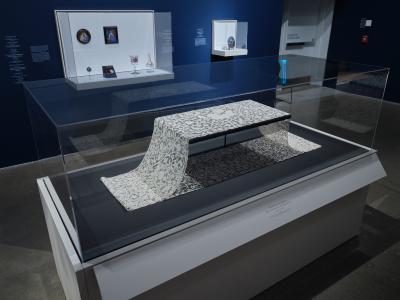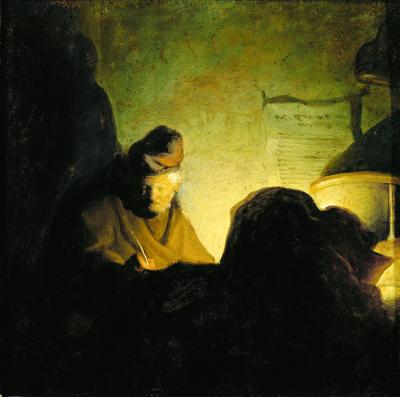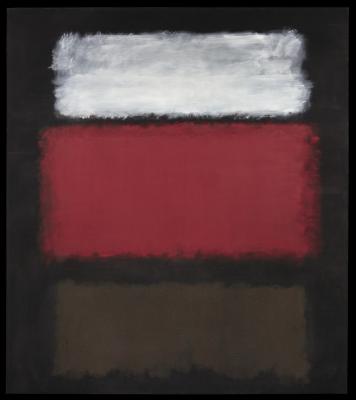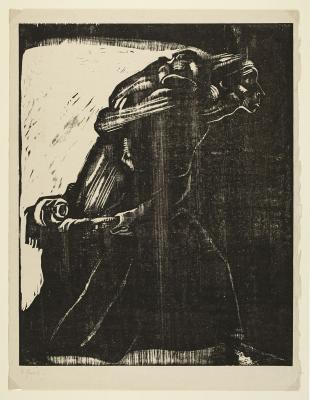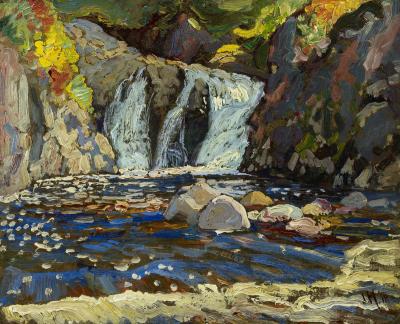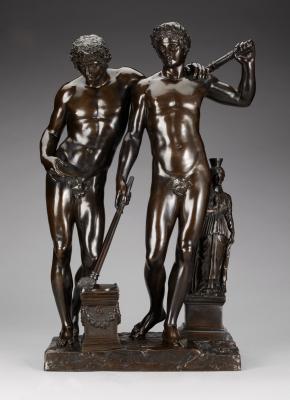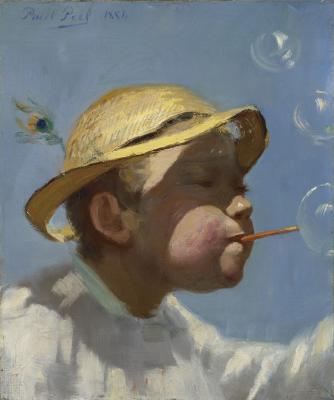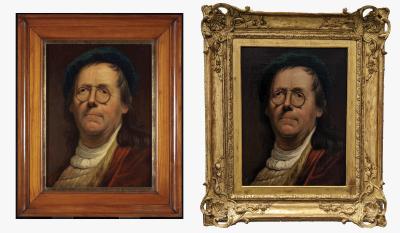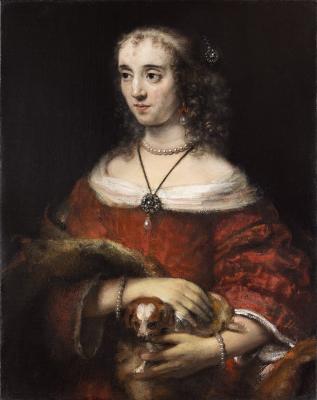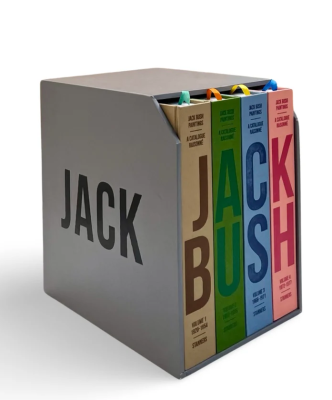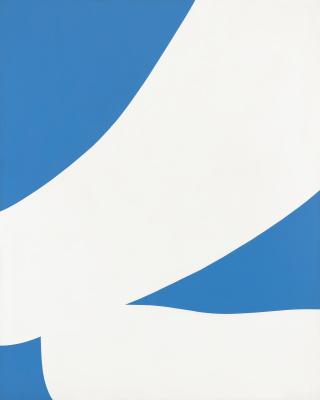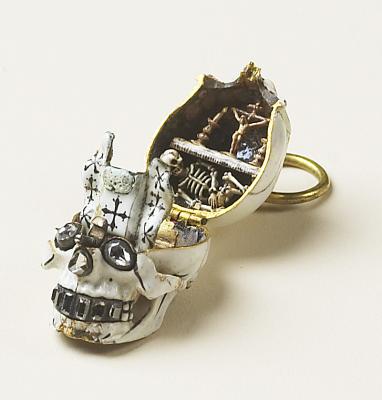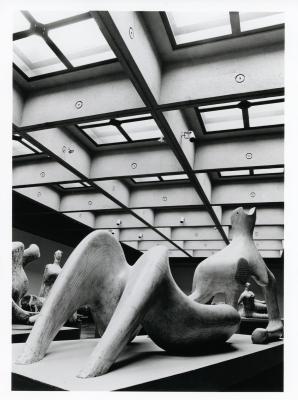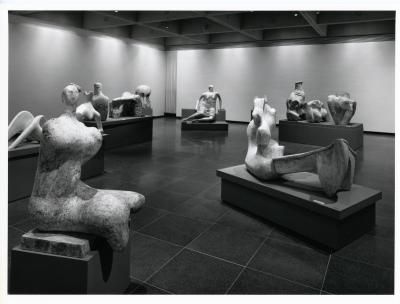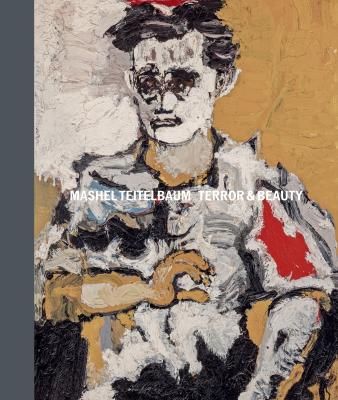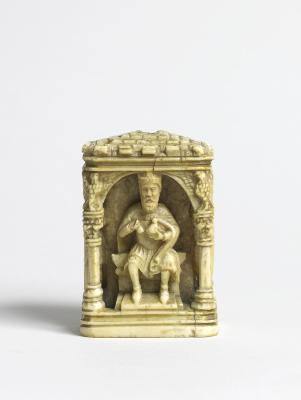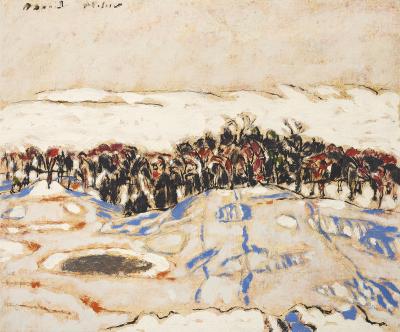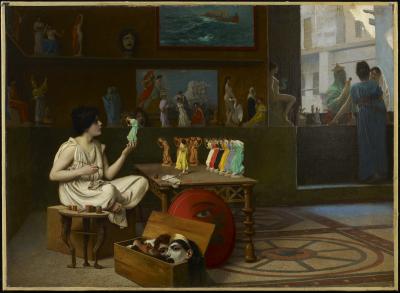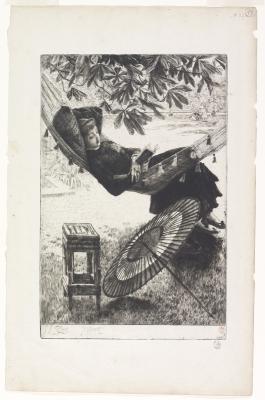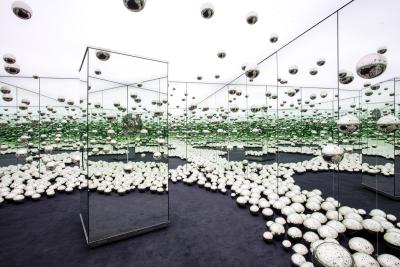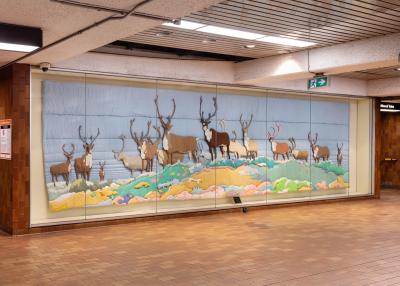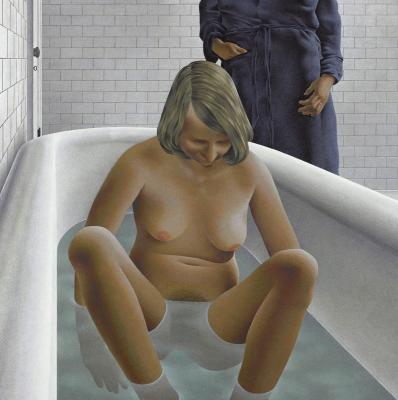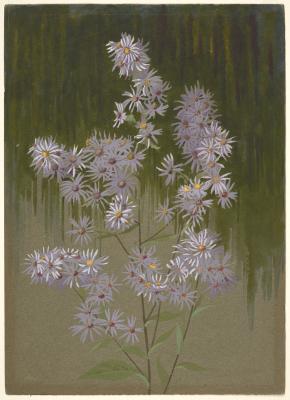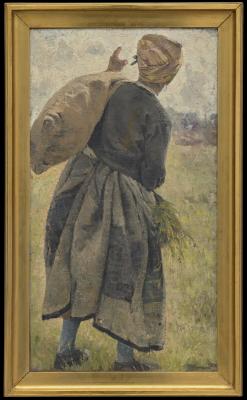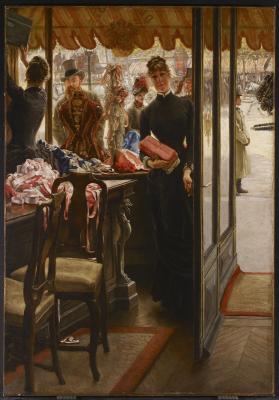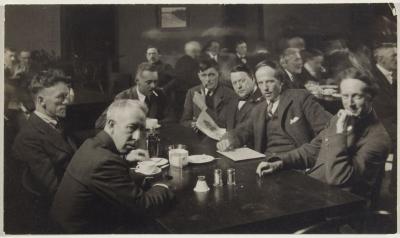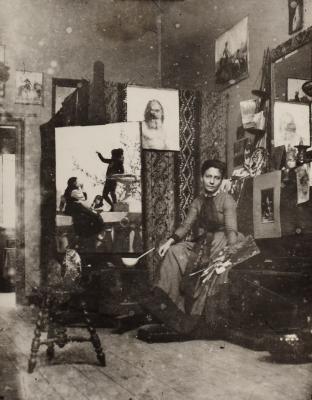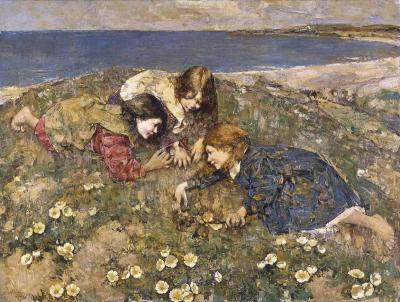Exploring the mythical world of dragons at the AGO
It’s the Year of the Dragon. Delve into the Chinese snuff bottles adorned with the majestic creature
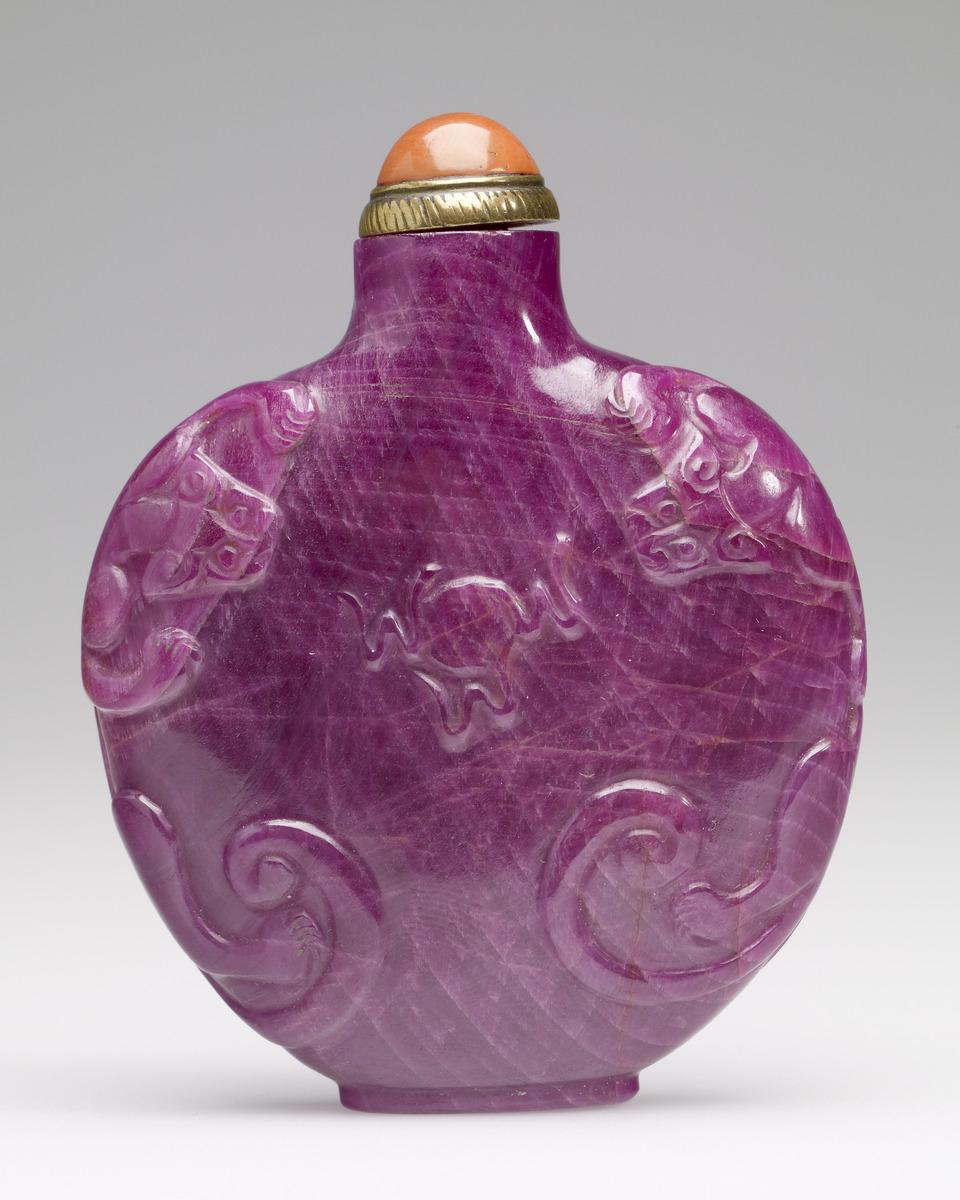
Unknown. Snuff bottle in ruby with two dragons, 1780 - 1850. ruby, Overall: 5.5 × 1.9 × 7.9 cm. The Thomson Collection at the Art Gallery of Ontario. Photo © AGO.
This year’s Lunar New Year ushers in the Year of the Dragon, celebrating the majestic creature that places fifth in the twelve-year cycle of animals in the Chinese zodiac. The dragon is only mythical creature in the series.
On view now on Level 1 of the AGO in The Collector’s Cabinet (gallery 107) is a curated selection from The Thomson Collection’s Chinese snuff bottles crafted between the 1700s and early 1900s. Among the full collection of over 250 bottles, over 20 bear whimsical dragon motifs on bottles made with varying materials ranging from porcelain, ruby, glass to jade.
In a previous RBC Art Pick, we highlighted the history of snuff bottles in China as they quickly rose to fame as a fashion piece in the Qing dynasty court (1644-1911). A symbol of wealth and status, snuff bottles at that time came in many different beautiful shapes, colours and designs. The intricate craftsmanship of each shine through as these masterpieces quickly became one of the most important representations of the applied arts during the Qing dynasty. Equal to wearing a designer watch in today’s time, bottles were carried around with pride and dignity.
Dragons have always been popular imaginary creatures possessing power and symbolic significance. Its history as a symbol in Asian art began thousands of years before the advent of symbolic designs. Flourishing first as a design and decorative element, over time images of dragons carried more and more symbolic meanings: the rising dragon represented vigorous masculinity; two balancing dragons can be composed to represent male and female forces like yin and yang. Throughout art, dragons served as a guardian figure, a directional figure and eventually, the primary emblem of the emperor by the Ming and Qing dynasties.
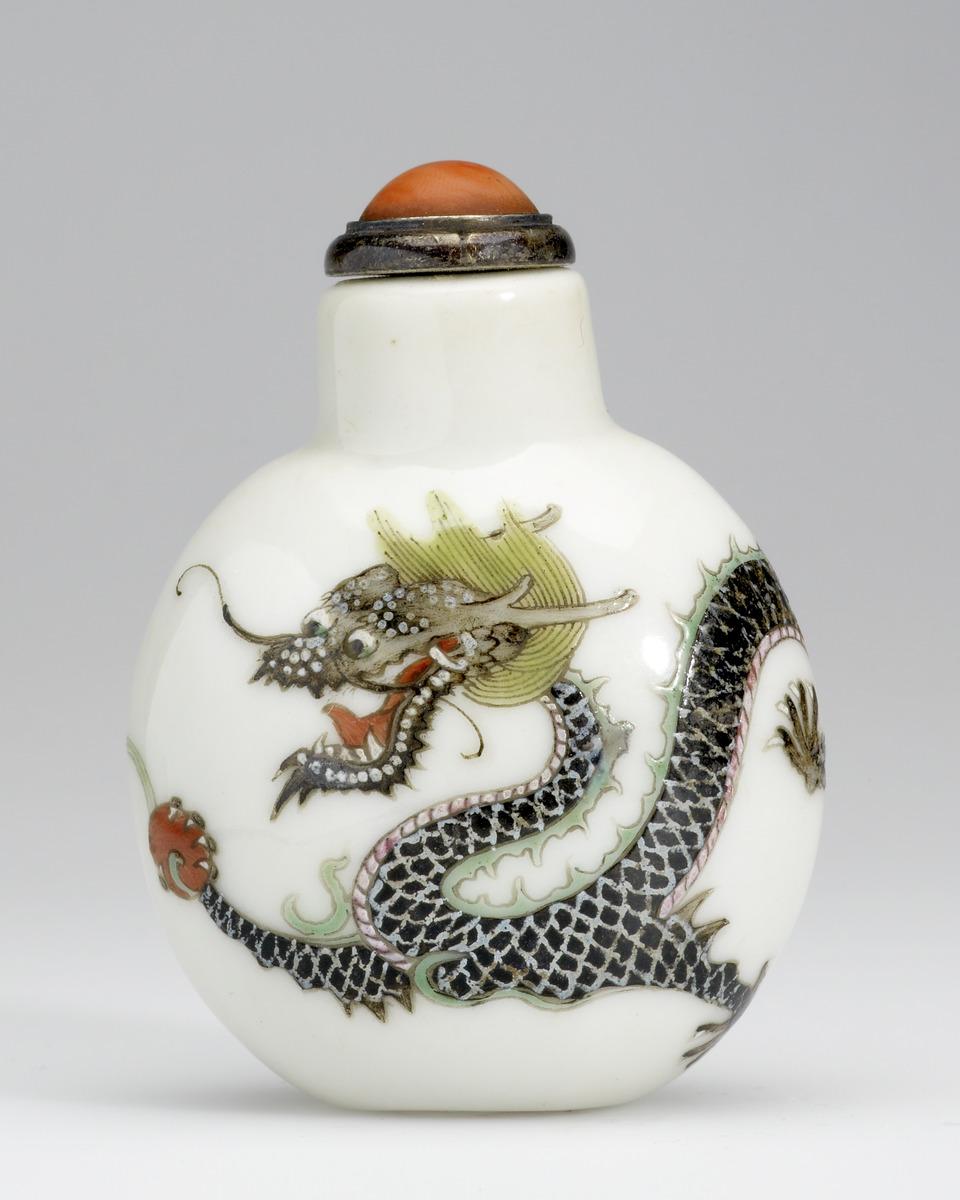
Chinese. Snuff Bottle, with enamelled five-clawed dragon, 1821-1850. porcelain, enamel, Art Gallery of Ontario. The Thomson Collection at the Art Gallery of Ontario. Photo © AGO.
This popularity of dragons as subjects of porcelain decoration in China is reflected in the AGO’s collection of snuff bottles. Here, you can see a depiction of a bright eyed five clawed dragon wrapping around the porcelain bottle, painted using green and black enamel. Made between 1821 and 1850, it was from the Qing dynasty during the reign of Daoguang Emperor.
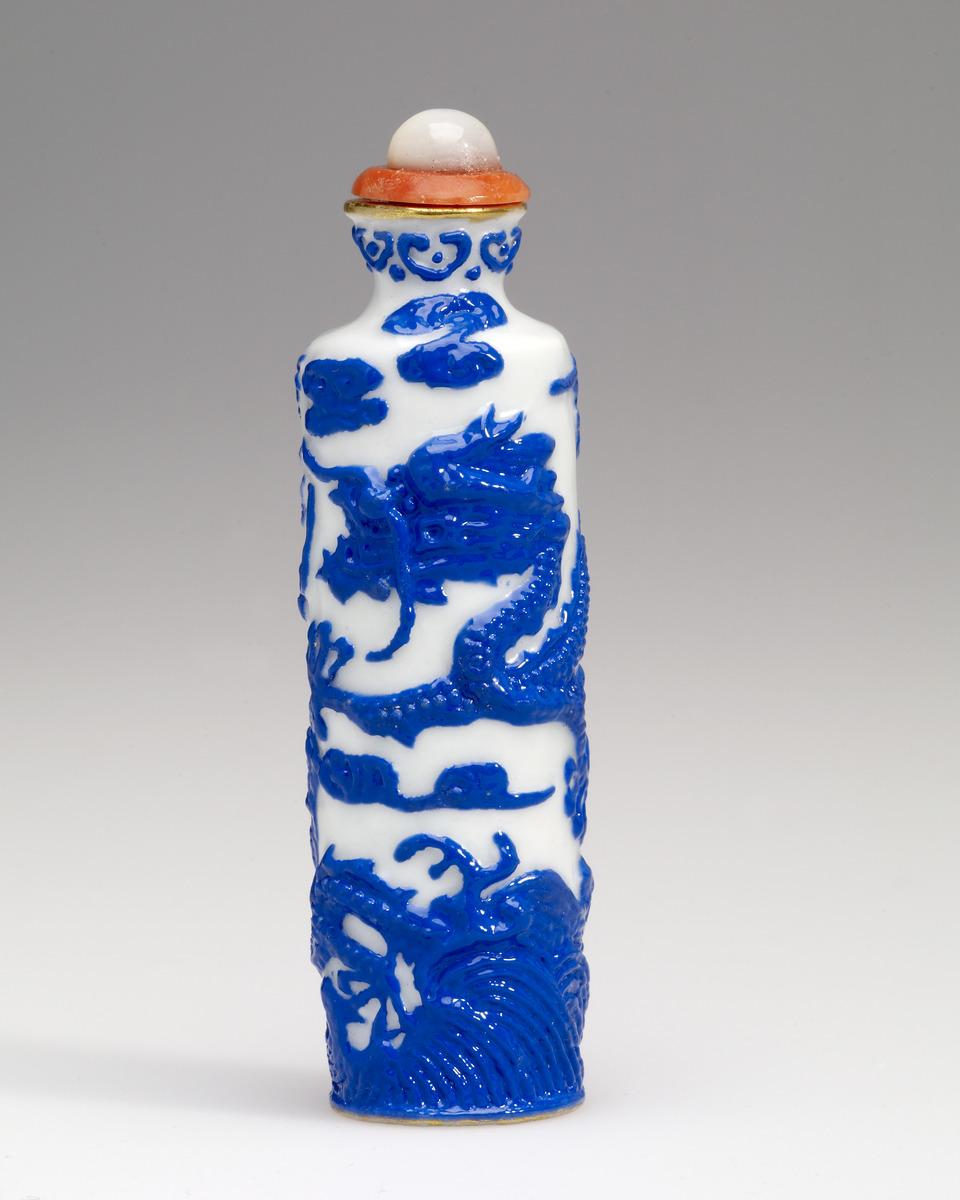
Unknown. Snuff bottle in porcelain painted in enamels with two five clawed dragons, 1736 - 1795. porcelain, abalone, coral, Overall: 2.3 × 2.3 × 7.9 cm. The Thomson Collection at the Art Gallery of Ontario. Photo © AGO.
Adorning a taller shape, this snuff bottle is a classic representation of the blue-and-white porcelain from China showing off a glass overlay technique. Painted in blue enamel and covered in white glaze, two five-clawed dragons in a bright blue wrap the bottle from top to bottom.

Unknown. Snuff bottle in ruby with two dragons, 1780 - 1850. ruby, Overall: 5.5 × 1.9 × 7.9 cm. The Thomson Collection at the Art Gallery of Ontario. Photo © AGO.
Not all bottles were ceramic or made of glass -- this rare snuff bottle is made entirely out of ruby. On each shoulder is a dragon peering from the side with each of its tails sweeping around the front. The dragons are seen “chasing a pearl” that’s placed at the centre of the bottle. A common image in Asian legend and art, the pearl symbolizes wisdom and spiritual energy, while the dragon represents prosperity and good luck.
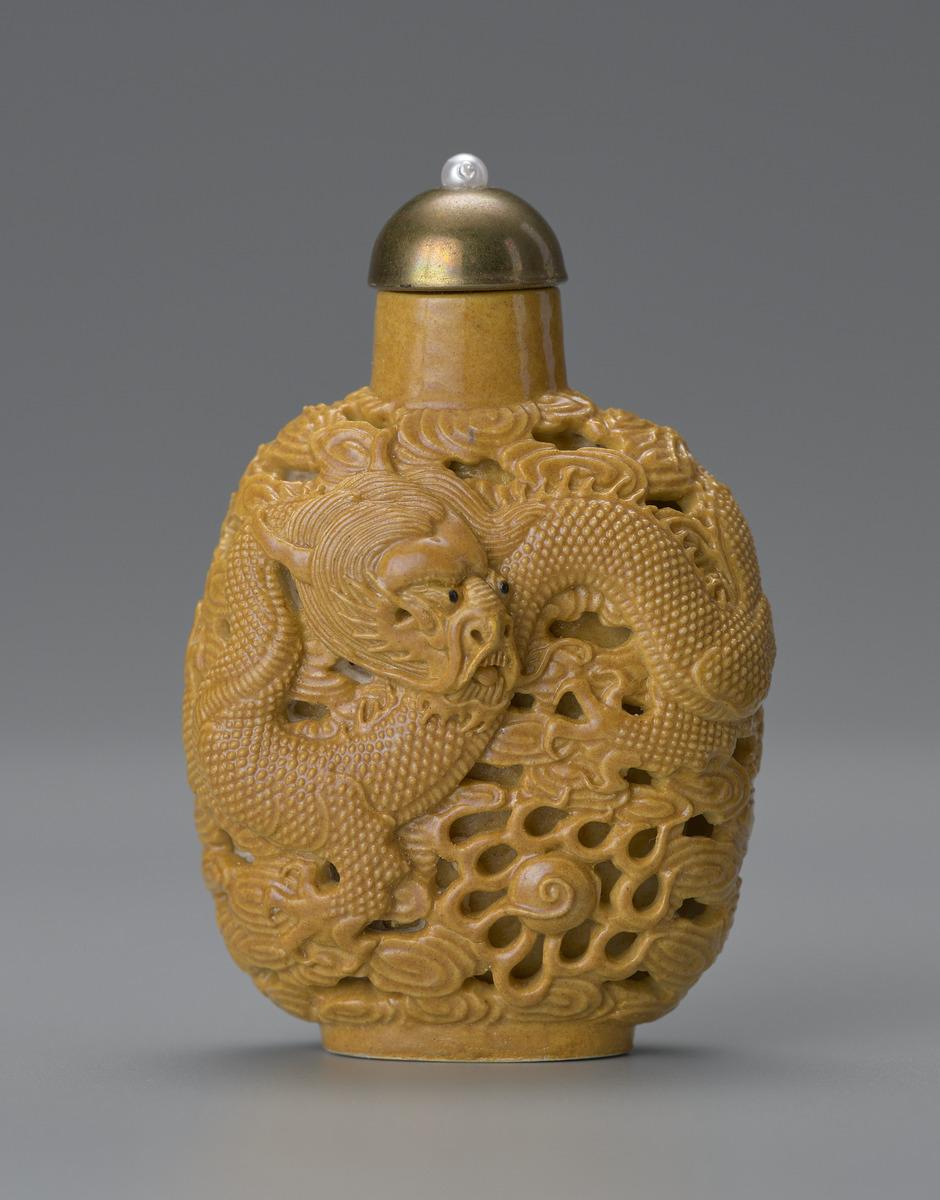
Wang Bingrong. Snuff Bottle, moulded in the form of a dragon, 1820-1860. porcelain, Overall: 7.2 x 4.8 x 2.7 cm. The Thomson Collection at the Art Gallery of Ontario. Photo © AGO.
Moulded in the form of a dragon, this snuff bottle is made by potter Wang Bingrong, one of the few potters during the nineteenth century to emerge out of the many traditionally anonymous craftsmen responsible for the mass production of ceramic wares at Jingdezhen. Upon a closer look, the dragon has two black dots for eyes and is positioned nearby a flaming pearl – which symbolizes spiritual energy, knowledge, and good fortune.
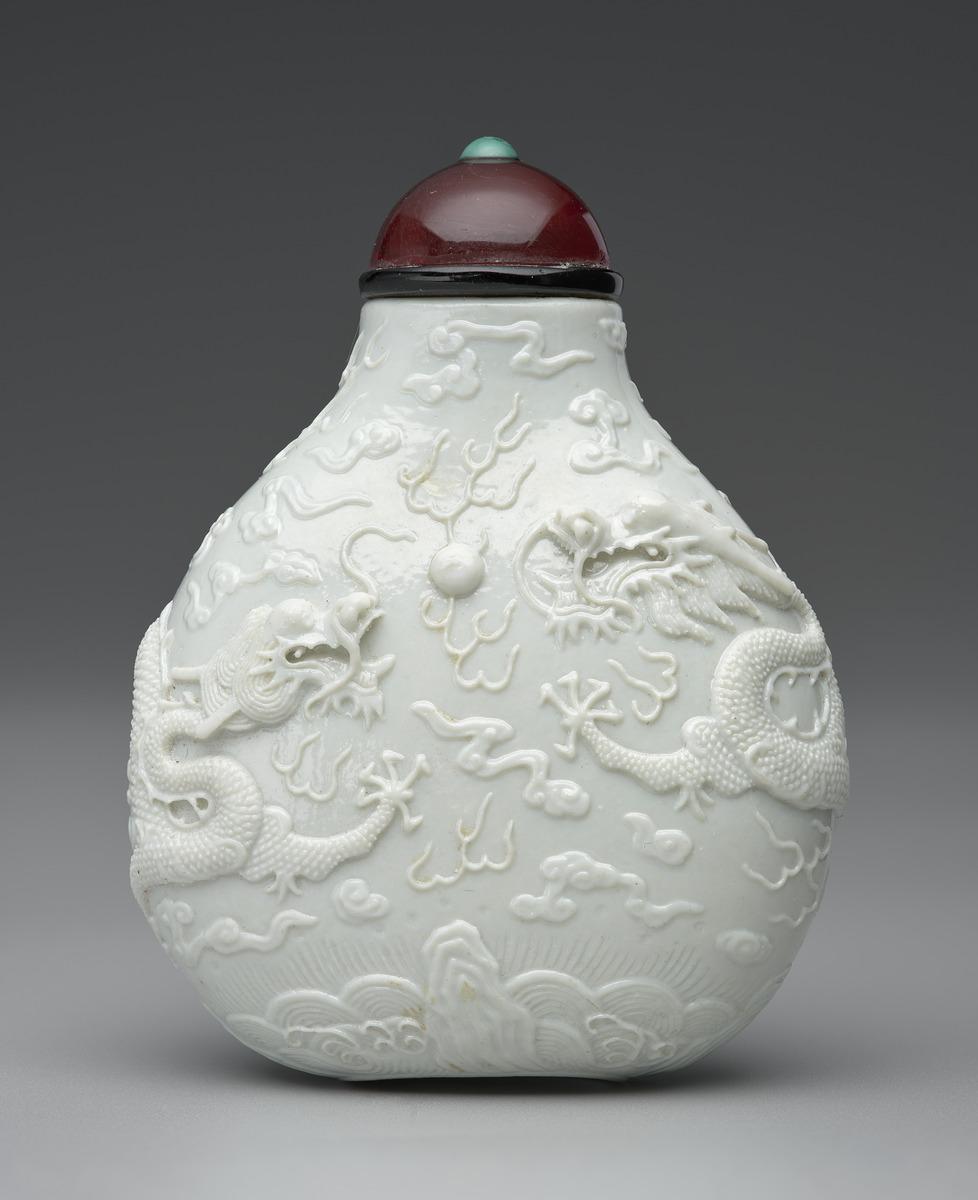
Qian Daoren. One of a pair in white porcelain with two dragons, porcelain, Overall: 5.9 × 3 × 7.7 cm. The Thomson Collection at the Art Gallery of Ontario. Photo © AGO.
Another ceramic snuff bottle, this intricate design on white porcelain is by artist Qian Daoren. Again, it sports two dragons facing each other chasing a pearl. With small clouds scattered between them, forming the background, it seemingly depicts them flying in the sky.
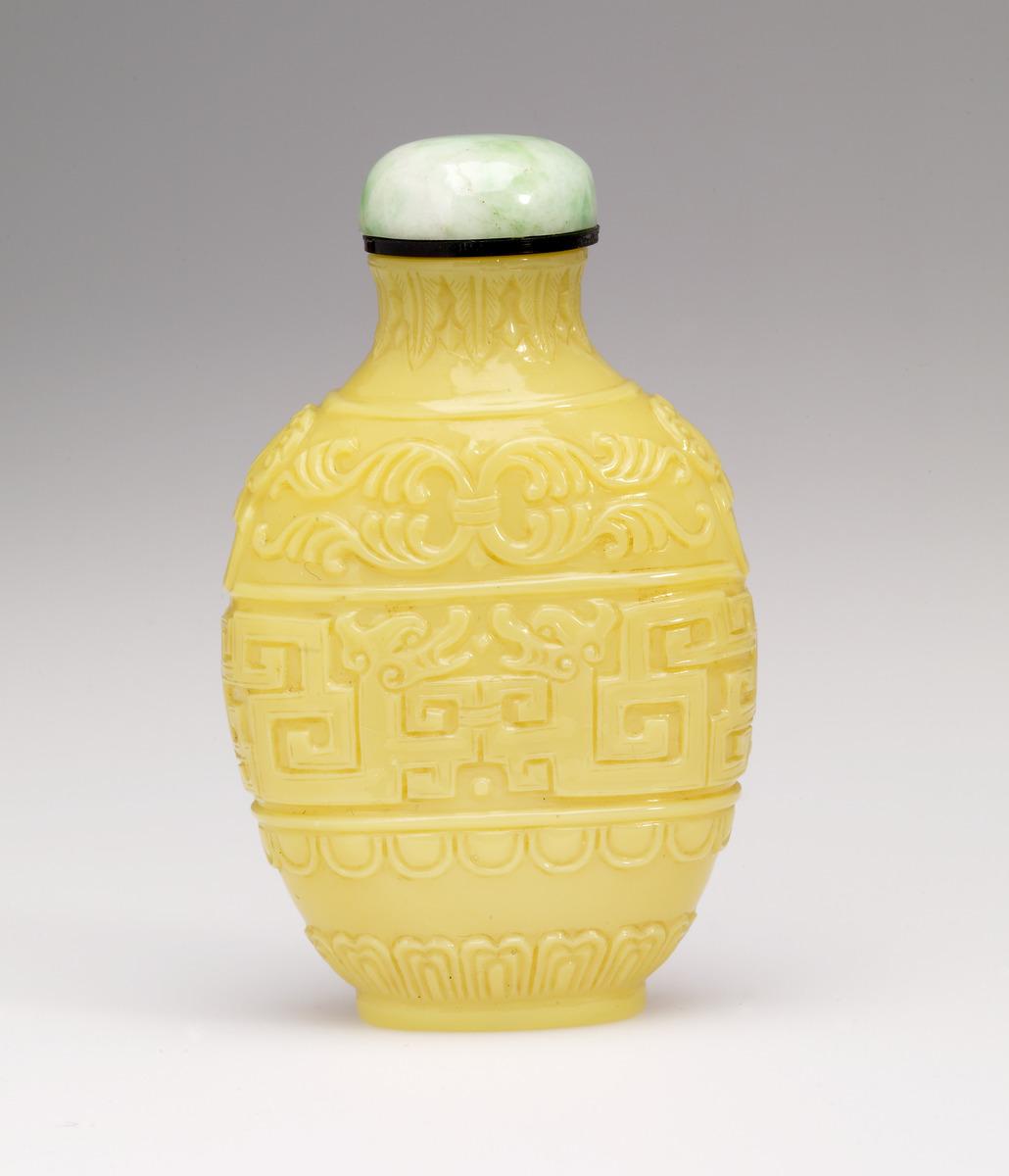
Chinese. Snuff Bottle, with carved dragons and scrolls, 1736-1795. glass, Overall: 6.8 x 4.3 x 2.1 cm. The Thomson Collection at the Art Gallery of Ontario. Photo © AGO.
A prime example of an Imperial yellow glass snuff bottle, this masterpiece has carved designs of scrolls and archaistic dragons. During the Qing dynasty, Imperial yellow was restricted for use of the Imperial family – which means they once belonged to a Chinese emperor! Crafted in the style of ancient bronze vessels, the bottle is a superb sample of works from Chinese palace workshops.
Learn more about the snuff bottles and see them in-person at the AGO with selections on view in The Collector’s Cabinet (gallery 107) on Level 1 as part of The Thomson Collection.
